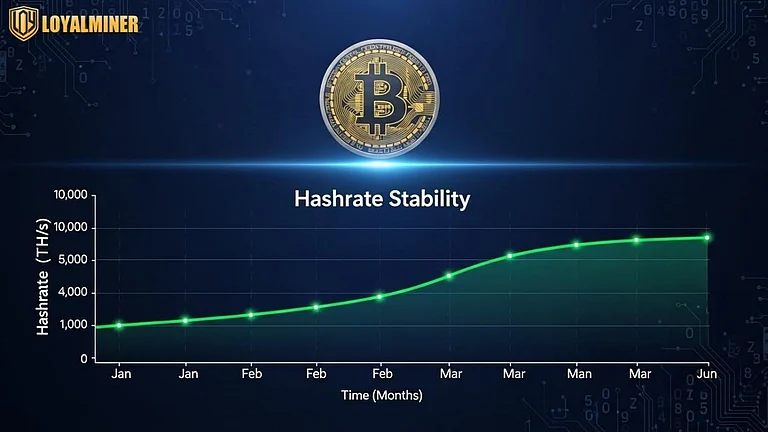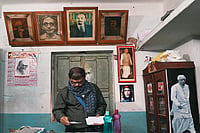For more than a century, De Beers has been synonymous with diamonds—shaping the global industry through innovation, integrity, and leadership. In this conversation with Toranj Mehta, Vice President – Marketing, De Beers India Pvt. Ltd., we explore how De Beers continues to define its role in a competitive, evolving market—balancing tradition with sustainability, and ensuring that every diamond tells a story of responsibility and enduring value.
Ques: De Beers has been a leading name in the diamond industry for decades. With 30% market share, how would you describe its position and role in today’s global market landscape?
Answer: De Beers Group operates as a leader within a competitive global diamond market. The company accounts for around 25% of global supply by volume and about 30% by value. The rest of the world’s production comes from several other major mining companies spread across Russia, Canada, Australia and Africa. The global diamond industry today is diverse and market-driven, with prices determined by consumer demand rather than by any single producer. De Beers’ focus remains on maintaining the integrity and value of the natural diamond category through responsible sourcing and transparent business practices.
Ques: There have been concerns in the past about conflict or “blood diamonds.” How does De Beers ensure that its diamonds are responsibly sourced?
Answer: All De Beers diamonds are certified conflict-free. The company upholds the highest ethical, social and environmental standards through its Best Practice Principles, which apply across every stage of its value chain. De Beers was one of the founders of the Kimberley Process, the global certification system established to eliminate conflict diamonds from the market. The conflicts that once gave rise to that term were in the 90’s and early 2000s. These have now ended a while ago. Today, every diamond sold by De Beers is fully traceable and responsibly sourced, giving consumers complete confidence in their purchase.
Ques: Some observers believe that diamond prices are influenced by supply management. How does De Beers approach market demand and ensure fair, sustainable practices?
Answer: We operate within a competitive environment as mentioned earlier, we have only about 30% market share. De Beers supplies diamonds responsibly and in line with consumer demand. The company does not engage in any practice of stockpiling or artificial price management. Its role as an industry leader is to bring stability, transparency, and long-term sustainability to the natural diamond sector. With a global market that includes several large producers, diamond supply is determined by demand trends, not by any one company. De Beers’ contribution lies in ensuring that its supply supports balanced market conditions while maintaining value for consumers and producer nations alike.
Ques: Natural diamonds are often described as rare and precious. What makes them so unique, and are their prices genuinely reflective of this rarity?
Answer: Natural diamonds are among the rarest and most extraordinary materials found on Earth. They are formed deep within the Earth’s mantle, about 150 to 200 kilometers below the surface, under unique conditions of extreme heat and pressure. Only a small fraction of mined diamonds, around 20 to 30 percent, are of gem quality suitable for fine jewelry. The rest are used for industrial purposes. To put this rarity into perspective, the total global supply of one-carat diamonds in a year could fit inside a single exercise ball, while all polished diamonds ever produced could fit into one double-decker bus. This gives you an idea on the rarity of natural diamonds.
Ques: Diamonds have long been associated with love and commitment. How has this sentiment evolved over time, and what role, if any, has De Beers played in shaping it?
Answer: The association between diamonds and love has existed for centuries, long before the modern advertising era. Historical records show diamonds were treasured as symbols of strength and eternal commitment in many cultures, from ancient India to Renaissance Europe. In fact 1st diamond engagement ring was given by the Archduke Maximillan of Austria to Mary of Burgundy for their bethrothal in 1477. De Beers helped articulate and celebrate this sentiment of love for modern audiences, but it did not create it. Even before its campaigns in the United States, diamond rings were already being exchanged as engagement symbols. The continued global tradition of gifting diamonds reflects their timeless ability to express emotion and meaning in ways few other natural creations can.
Ques: Mining industries are increasingly expected to balance progress with environmental responsibility. How does De Beers integrate sustainability and community development into its operations?
Answer: De Beers is deeply committed to operating in harmony with the environment and in partnership with local communities. Diamond mining has one of the smallest global footprints among all extractive industries and does not use harmful chemicals. The company invests extensively in biodiversity protection, carbon reduction, and land rehabilitation.
Beyond the environment, De Beers plays a significant role in advancing social and economic development in the countries where it operates. For example, in Botswana, the revenues generated through De Beers’ partnership with the government have helped build world-class infrastructure, hospitals, schools, and conservation programs. Through these initiatives, De Beers demonstrates how responsible mining can create lasting positive impact for people and the planet.


























